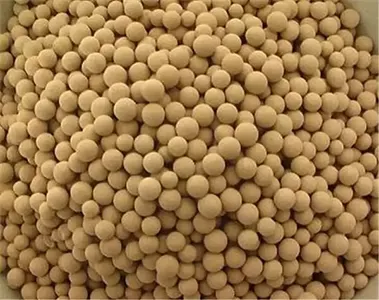Lithium molecular sieve operates within a pressure range tailored to its adsorption targets, primarily 0.1 to 1.0 MPa. This range balances adsorption efficiency and energy consumption, making it suitable for applications like carbon dioxide capture from flue gases or natural gas purification.

At lower pressures (0.1–0.3 MPa), the sieve effectively removes trace gases, such as moisture or light hydrocarbons, from low-pressure streams. This is common in ambient-pressure systems where minimal energy input is prioritized, with the lithium molecular sieve’s porous structure enabling sufficient molecular capture despite reduced pressure.
For higher-concentration gas streams, pressures of 0.5–1.0 MPa are typical. Increased pressure enhances the collision frequency between target molecules (like CO₂) and the sieve’s active sites, boosting adsorption capacity. In such setups, the packing of lithium molecular sieve in dense beds ensures uniform pressure distribution, preventing channeling and maximizing contact with the gas stream.
Exceeding 1.0 MPa rarely improves performance and may risk compaction of the molecular sieve packing, reducing porosity over time. Conversely, pressures below 0.1 MPa often lead to incomplete adsorption, leaving residual gases. Thus, maintaining the optimal range is critical for preserving the lithium molecular sieve’s efficiency and longevity in industrial applications.

